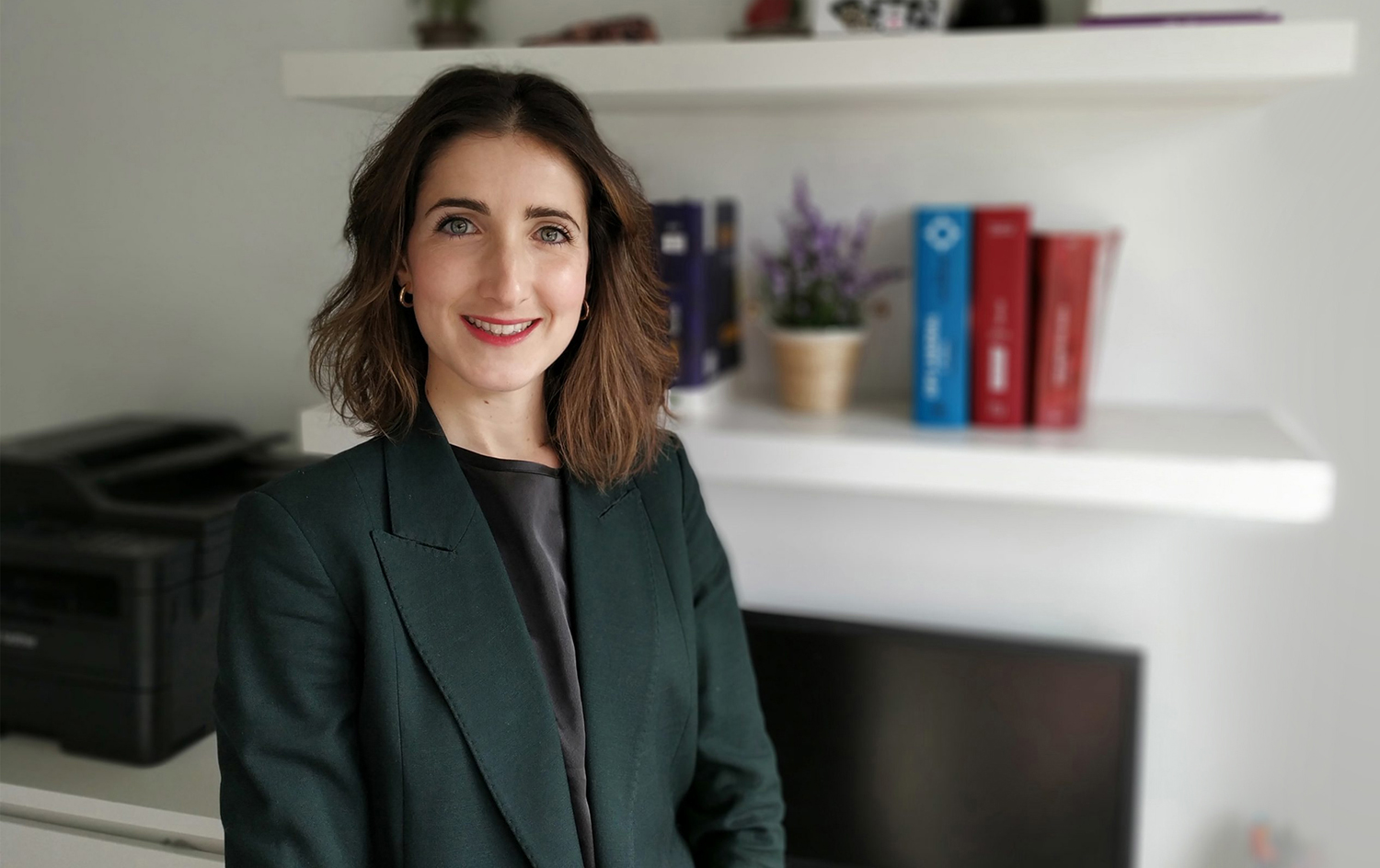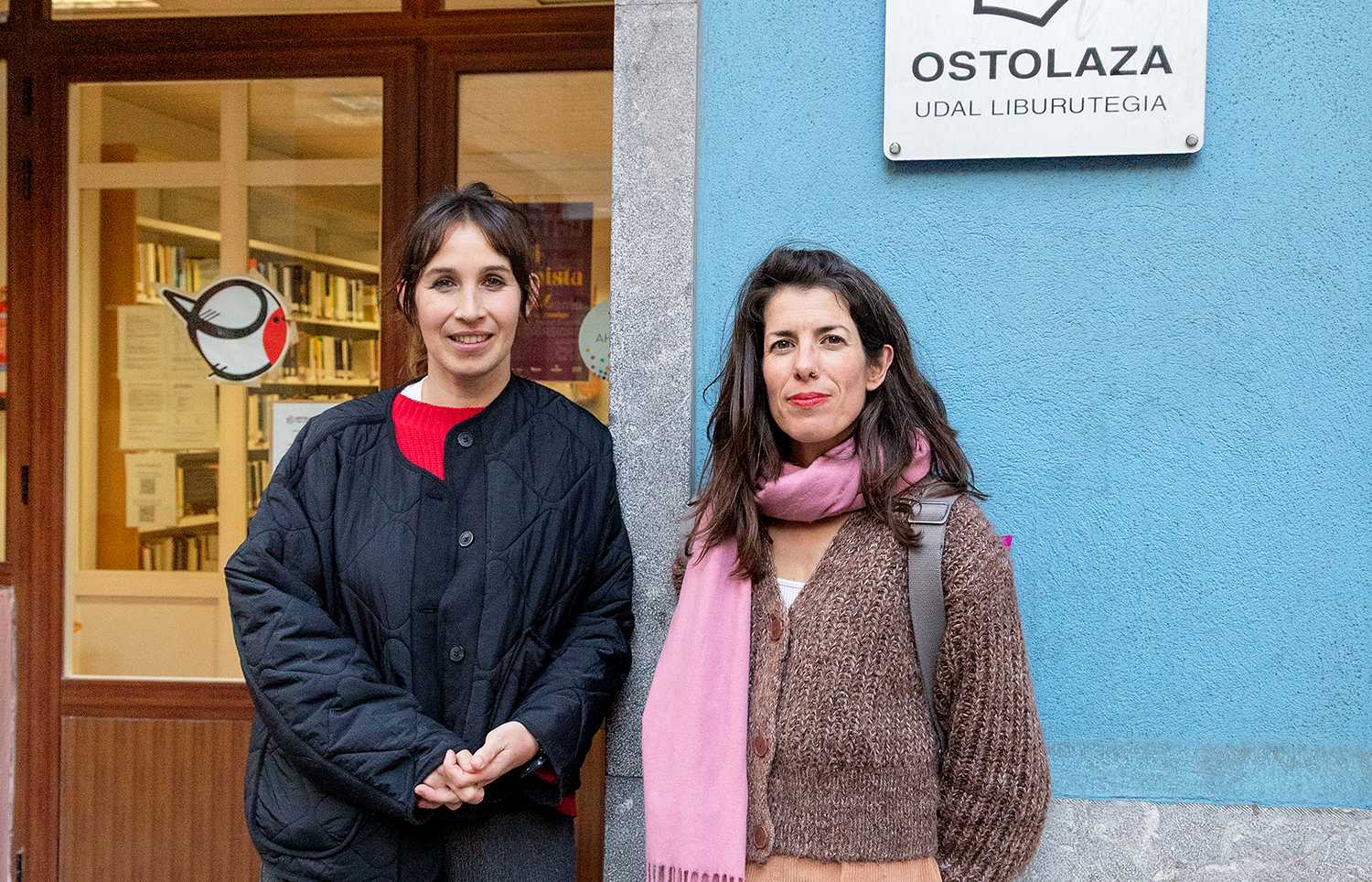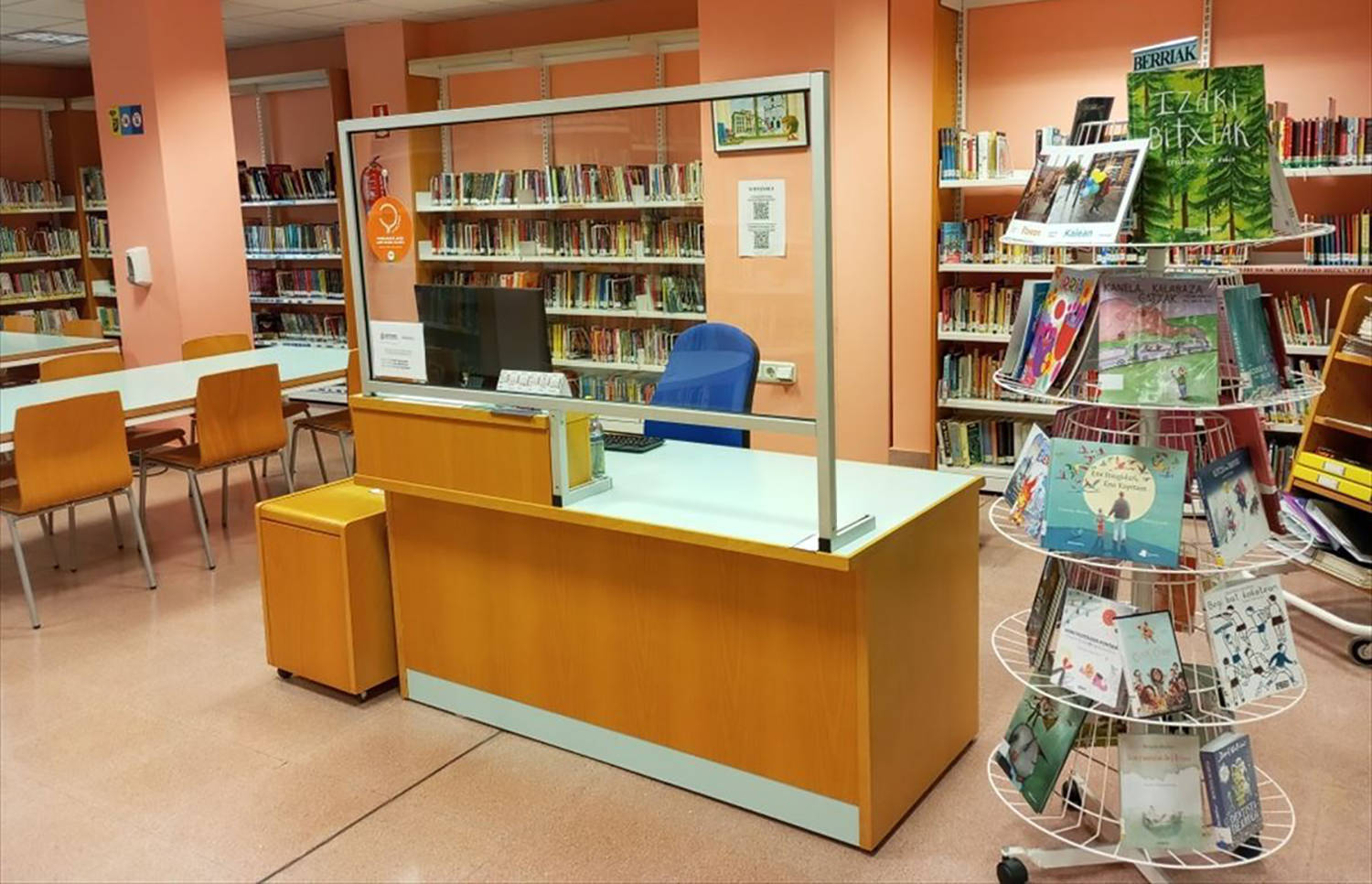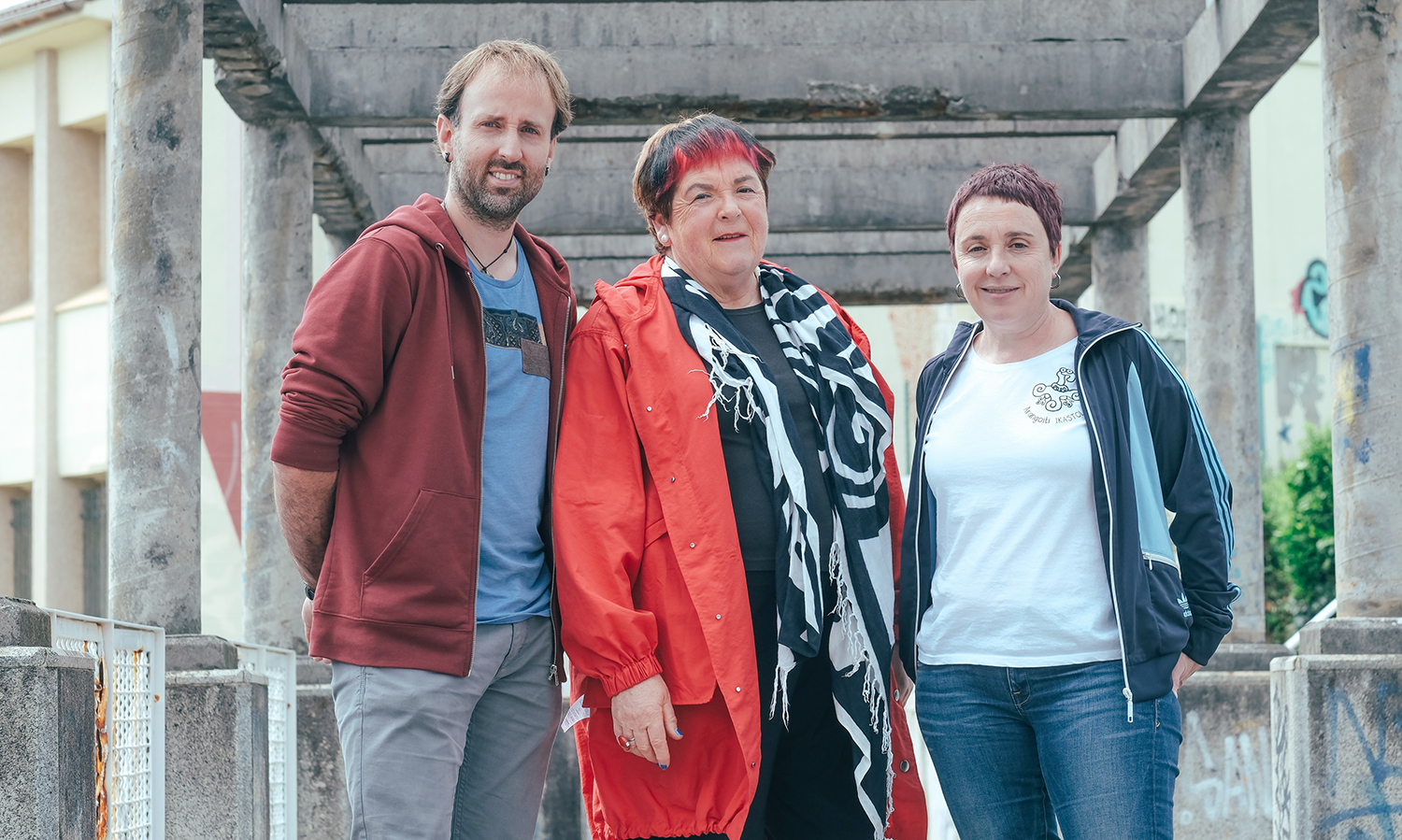Pippi Calcaluz celebrates 80 years as revolutionary as ever
- On the occasion of the 80th anniversary of the first release of the stories of Pippi Alcaluze, a special place has been dedicated to him at the International Children’s and Youth Book Fair in Bologna. Smart, independent, rebellious, irreverent, unruly, a little wild, creative, brave and cheerful, the round table “Be Pippi-ago” has shown that the girl has a great actuality.

In these times of authoritarianism and the rise of fascism, the 9-year-old Pippi, who is free above everything, defies authority and helps the most vulnerable, has not lost any relevance. Perhaps because of this, his books continue to sell a lot and in 2020 he surpassed the record in book sales (since its creation he has sold 170 million books in 85 languages).
Yes, it is a groundbreaking character created in 1941 by the Swedish writer Astrid Lindgren, even today. He has no rules (of his parents), no moral lessons, breaks down hierarchies, is a proclaimer and is not afraid of anything. As we mentioned in LA LUZ, the girl mocks the need to be a chinchita and gender roles, dresses as she wants, and lives alone in a mansion that will seem chaotic to many (without moms and dads), almost like an occupy. Pippi's very clumsy. The girl with motorcycles can fly, she has super-strength, she loves animals (she always has a horse and a monkey by her side), she walks backwards, and her legs sleep on the pillow.
At a time when children’s literature of benign, prefabricated and hypermasticated messages has proliferated, many librarians say Pippi is a window to freedom
Over the decades, readers have sent more than 200,000 letters to the author (those responsible for her legacy), so much so that the girl has left a mark. Precipitated by the series and the cartoons, the literary phenomenon is (has been) a source of inspiration for many children, but also for some adults and revolutions. Sweden was the first country in the world to criminalize physical punishment of children in 1979, a decision in which the influence of Pippi Calaluze is said to have been overwhelming.
An inappropriate model?
For the rigid adult world, the redhead is an uncomfortable model, just because he doesn’t need adults (imagine, he doesn’t even go to school). Early on, the character was written in Sweden’s best-selling newspaper that it had a very detrimental effect on children and their attitudes. There are even parents who don’t think Pippi is suitable for children. But at a time when children’s literature of benign, prefabricated and hypermasticated messages has proliferated, when we sometimes raise overprotected children, many librarians say that Pippi is a window to freedom, a literature that we should carry within the emotional backpack of childhood.
Now, at the International Children’s and Young People’s Book Fair in Bologna, one of the most prestigious in the sector, around 200 illustrators, storytellers and fans have come together to celebrate and pay tribute to the eight decades of Pippi Calaluze.

Saran egingo da urriaren 11 eta 12an, eta aurtengoa laugarren edizioa izango da.
-It was an ordinary afternoon. For anglerfish.” This evening is what Maite Mutuberria tells us in this album. The book has very few texts and the images tell us very well the development of history.
From the beginning we can see in the illustrations a large and quiet... [+]
The one who approaches this book, first of all, will be with G. It meets the images of Mabire. They are comic style images, very accurate strokes and celestial experiences that help to easily interpret characters and situations. These images coincide with the text, which is... [+]
Human beings are so many narrative stories that the narrative capacity that you can say is one of the characteristics that makes us human. We need stories to build ourselves and reality, with special emphasis on the function of classic stories, or on the particular but timeless... [+]




















